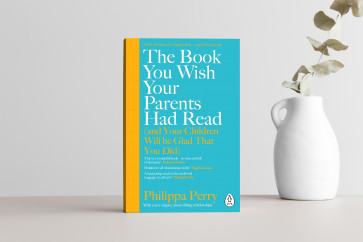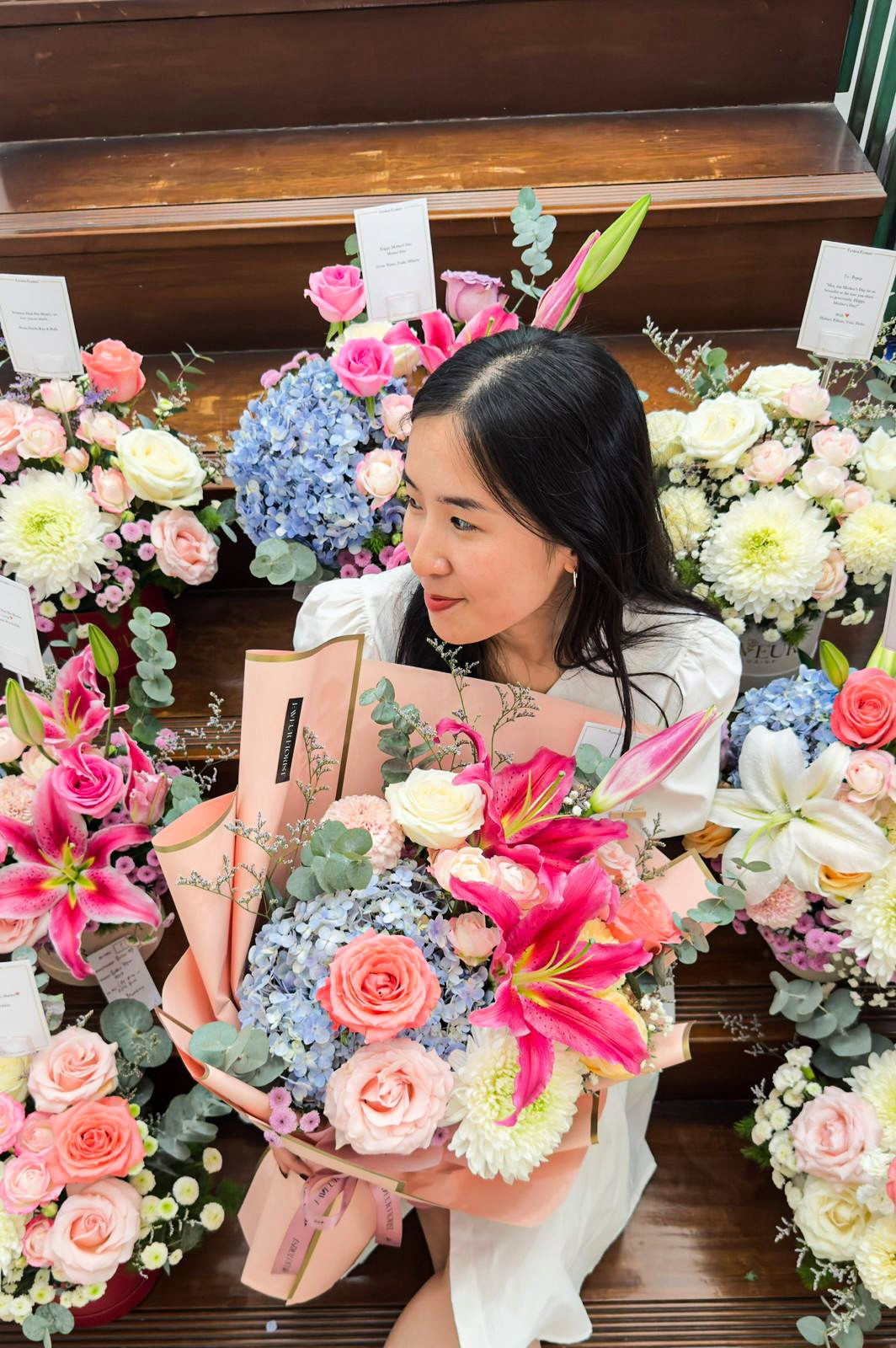The world may be progressing at a dizzying pace, but one thing we can count on each year is that as soon as February rolls around, the floral industry will start to bloom.
Melania Tandio of Bloomingfields Indonesia, a wholesaler florist, says she can feel the change in the air leading up to Feb. 14.
“Every florist looks for roses on Valentine's Day. It's always an interesting season,” she says.
And by every florist, she means globally.
According to research by Indian market research firm Astute Analytica, the global cut flower market generated US$31.95 billion in revenue in 2023. The figure is expected to grow to $53.07 billion by 2032 at a compound annual rate of 5.8 percent from 2024 to 2032.
“Valentine's Day is unique. It's something that’s on everyone's calendar and reaches all ages and all people. That’s why the increase in sales is so specific to Valentine's Day,” Melania says.

Thank you!
For signing up to our newsletter.
Please check your email for your newsletter subscription.
Seasonal surge
So, how much of a boost does Valentine’s Day bring?
“Our orders typically increase 200 to 300 percent [leading up to February] compared to regular weeks,” says Patricia Tanuwijaya, director of Petite Fleur, a Singapore-based company that expanded to Jakarta, where many of its local customers originate.
From the usual five to 10 orders a day, Petite Fleur sees a surge of up to 350 percent as the day of love and affection approaches.
“By January, you already see people starting to place their flower orders,” Patricia says, adding that orchids, tulips and sunflowers were bestsellers.
Faveur Florist also sees the same burst in orders, according to founder Stella Natania. She entered the business after her grandmother passed, realizing that retail flower arrangements were more expensive than what she could make herself.
“In terms of volume, orders go up around two times compared to normal. We usually get five to 10 orders daily but on Valentine's Day, it can go up to 30 or even more than 50 [orders]. Sometimes, it’s four times higher,” she says.
But it’s not just volume that spikes: prices do, too. According to Natania, individual flowers can sell for double their usual price during the season of love.
Any education or support from different parties to make the flower business more local would be very, very welcome." - Melania Tandio
Supporting local growers
This annual trend doesn’t just benefit florists: It also helps local farmers.
According to global data platform The Observatory of Economic Complexity (OEC), Indonesia exported $6.65 million in cut flowers in 2022, making it the 43rd-largest flower exporter globally that year. But flowers ranked only 628th in Indonesian exports.
Statistics Indonesia (BPS) noted a significant year-on-year increase in orchid cultivation to around 167 in 2022, from 45 plants the year prior.
Meanwhile, the country imported $5.23 million in cut flowers to rank as the world’s 67th-largest importer in 2022, with flowers the 889th-most imported product that year.
Bloomingfields’ Melania believes locally grown flowers remain at the heart of most floral arrangements. Though imported flowers often add “a touch of something different”, she is advocating for a shift toward greater sustainability in the industry.
“In terms of imports, it would be nice to see more locally produced flowers that can actually meet the demand in Indonesia, because I think we don't have enough. So any education or support from different parties to make the flower business more local would be very, very welcome,” she says.
To balance sustainability with demand, the arrangements at Faveur Florist use semi-imported flowers, or flowers cultivated locally from imported seeds, in line with supporting local farmers as one of its cornerstone values.
Natania estimates her arrangements have an 80-20 split between locally grown and imported flowers, with a firm focus on supporting Indonesian farmers.
Raising a related issue, Melania says the industry needs to rethink the use of floral foam.
“It's not good for the environment,” she says. “So I would actually encourage florists to look at alternatives to that, and then use more sustainable [materials] for arrangements.”
Beyond Valentine’s Day
While February might be the busiest time of year for florists, other occasions are also a boon. According to Natania, key seasons include Idul Fitri, International Mother’s Day in May and the end of the year, especially Hari Ibu (Mother’s Day) in December as well as weddings.
“Flower sales fluctuate throughout the year, because it depends on the events and traditions that people follow,” Melania says, noting the cultural significance of wedding dates.
That said, nothing quite compares to February. Patricia agrees, adding that April and August are typically the slowest months.
“We have other peak periods like Mother’s Day, Hari Ibu, Christmas and Idul Fitri,” Patricia says.
“These celebrations inspire people to give flowers as tokens of love and appreciation.”
But flowers are about more than beauty: They’re steeped in meaning. For example, the team at Petite Fleur selects blooms that symbolically reflect a particular occasion in its curated collection.
“For Mother’s Day, we use carnations to represent maternal love and gratitude. For [Chinese] New Year, pussy willows symbolize fertility and prosperity. For Valentine's Day, roses and tulips signify romance and passion,” Patricia explains.
“All flowers carry meaning,” Melania adds. “That meaning has been shaped over centuries, and it’s amazing how much you can express with flowers.”
“Every time we prepare flowers for customers, it’s pure joy,” Natania says.
“Giving and receiving flowers is about the happiness they bring. It’s not just about the flowers themselves, but about what they mean to people.”
At the end of the day, flowers aren’t just decorative: They’re deeply meaningful for both giver and recipient, as well as floral designers.
Sheena Suparman is a writer for The Jakarta Post's Creative Desk. She is based in Jakarta but wishes she could be anywhere else. She’s usually powered by coffee, chips and cheeseburgers.























